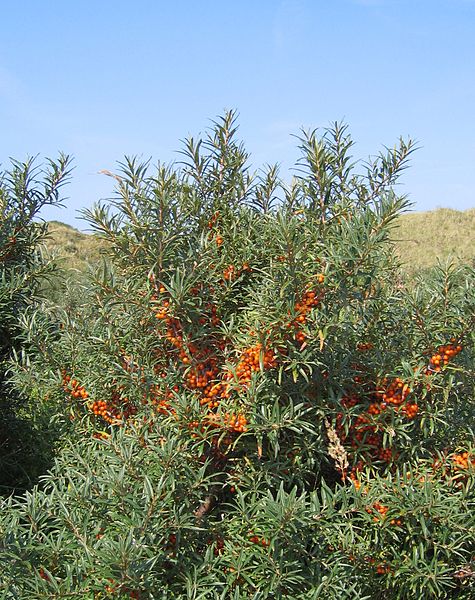In previous years I've put the old plums in with the new ones, but that just results in a build up of plums and less umeshu to drink. I've also tried eating the plums, but they're offensively alcoholic tasting. One year I put a load of plums in the compost and that seemed to work, although I'm sure it must have killed a few alcohol intolerant critters in the compost.
So this year, I looked around on the Japanese Web under "umeshu jam pressure cooker" and found some very simple recipes for umeshu jam.
 The procedure is simple. Put the whole plums in a pressure cooker and add a little water. The picture below shows water up to the level of the plums. The missus suggested this was too much, so I poured half of it away, and it was still too much.
The procedure is simple. Put the whole plums in a pressure cooker and add a little water. The picture below shows water up to the level of the plums. The missus suggested this was too much, so I poured half of it away, and it was still too much. We have a super high-performance pressure cooker, so only one minute of bubbling on the hob was required.
We have a super high-performance pressure cooker, so only one minute of bubbling on the hob was required. After the pressure dropped, I opened the cooker and found that the fruit of the plums was much loosened from the pits. Squeezing the plums between big cooking chopsticks, I got most of the fruit off, and took out the pits (which will go into the compost). Then I simmered the remaining sauce/jam to thicken it, while stirring with a wooden spoon. Even after pressure cooking, it gave off a very strong boozy smell. Opinion was sharply divided along gender lines as to whether or not this was a good smell.
After the pressure dropped, I opened the cooker and found that the fruit of the plums was much loosened from the pits. Squeezing the plums between big cooking chopsticks, I got most of the fruit off, and took out the pits (which will go into the compost). Then I simmered the remaining sauce/jam to thicken it, while stirring with a wooden spoon. Even after pressure cooking, it gave off a very strong boozy smell. Opinion was sharply divided along gender lines as to whether or not this was a good smell.I used too much water initially, and since thickening it was becoming a bit of a bore, I decided to bottle the product as sauce rather than jam.
 I dunno, this looks kinda yucky
I dunno, this looks kinda yuckyIt isn't an attractive product. The missus had her nose turned up throughout the whole procedure, and the young master noted that the finished sauce seemed to be full of plum skins. I intend to reserve judgement, chill it and have it with yoghurt. I think that, made with less water, a thicker jam might make the basis of a good Christmas pudding. At any rate, there's no shortage of umeshu plums to experiment with.
Conclusion:
This jam is disgusting. On its own it tastes of nothing but alcohol. It has a very unappealing mushy texture, like all the inedible bits of fruit. In yoghurt, the alcohol taste vanishes, leaving only the nasty texture to spoil the yoghurt.
This concoction is going to go into the compost after a suitable period of quarantine in an open container mixed with some absorbent organic material.
Lesson learned.
Conclusion:
This jam is disgusting. On its own it tastes of nothing but alcohol. It has a very unappealing mushy texture, like all the inedible bits of fruit. In yoghurt, the alcohol taste vanishes, leaving only the nasty texture to spoil the yoghurt.
This concoction is going to go into the compost after a suitable period of quarantine in an open container mixed with some absorbent organic material.
Lesson learned.





















